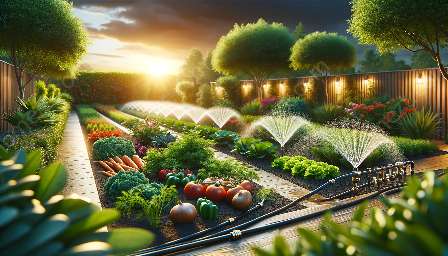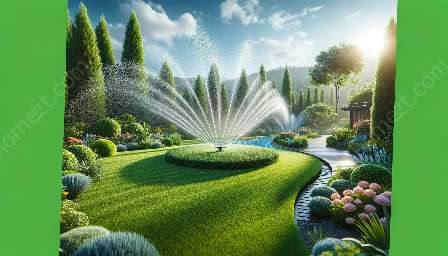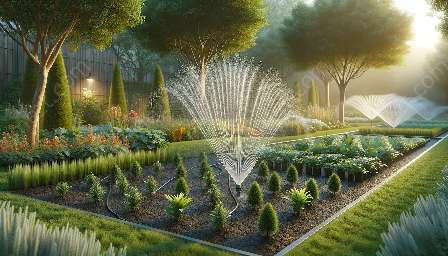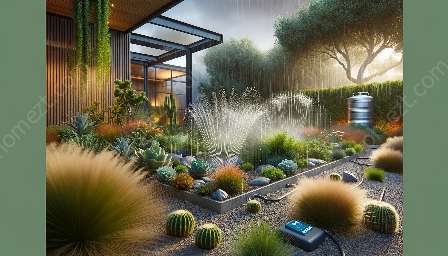Gardening and landscaping enthusiasts know the importance of proper watering techniques for vegetables. Whether you have a small garden or a large-scale landscape, understanding the best practices for watering vegetables is crucial for their growth and yield.
Understanding the Watering Needs of Vegetables
Before diving into specific watering techniques, it's important to understand the water requirements of different vegetable plants. All vegetables have varying needs when it comes to watering, based on factors such as soil type, climate, and the stage of growth.
For example, leafy greens like lettuce and spinach generally require more frequent watering, especially during hot, dry weather, as they have shallow root systems. On the other hand, root vegetables like carrots and beets may need less frequent watering but require deeper penetration to reach their roots.
Choosing the Right Watering Techniques
Several watering techniques are commonly used for vegetables, each with its own advantages and considerations:
- Drip Irrigation: This method delivers water directly to the base of the plants, minimizing water waste and reducing the risk of diseases caused by wet foliage.
- Soaker Hoses: Soaker hoses are laid along the base of plants and deliver water directly to the root zones, promoting deep root growth.
- Hand Watering: While more labor-intensive, hand watering allows for targeted watering and close observation of plant health.
- Sprinkler Systems: Automated sprinkler systems can be used for larger garden areas, but proper timing and coverage are essential to prevent water loss and ensure even distribution.
Factors Affecting Watering Frequency
Understanding the factors that influence watering frequency is essential for maintaining healthy vegetables. Some key considerations include:
- Soil Type: Sandy soil drains quickly and may require more frequent watering, while clay soil retains moisture and may need less frequent watering.
- Climate: Hot, dry conditions call for more frequent watering, while cool, humid climates may require less water.
- Growth Stage: Newly planted seeds or transplants need more frequent watering until they establish strong root systems.
Proper Watering Tips and Best Practices
To ensure the best results, consider these tips for proper watering:
- Water in the Morning: To minimize evaporation and prevent diseases, it's best to water in the morning.
- Deep Watering: Promote deep root growth by watering for a longer duration, allowing the water to penetrate the soil deeply.
- Use Mulch: Mulching around plants helps retain soil moisture and reduces the need for frequent watering.
- Monitor Soil Moisture: Regularly check the soil moisture to avoid overwatering or underwatering.
- Consider Microclimates: Different areas of your garden or landscape may have varying moisture needs due to factors like shade and wind exposure.
Conclusion
Watering vegetables is a fundamental aspect of successful gardening and landscaping. By understanding the specific watering needs of your vegetable plants, implementing appropriate watering techniques, and following best practices, you can ensure healthy and bountiful harvests.






























